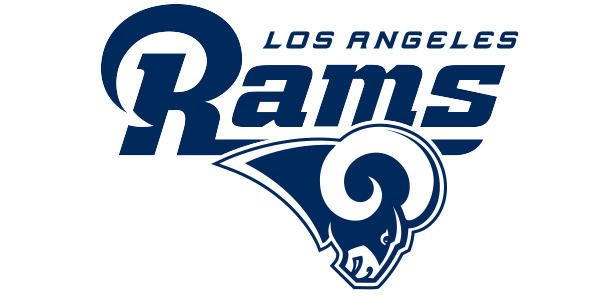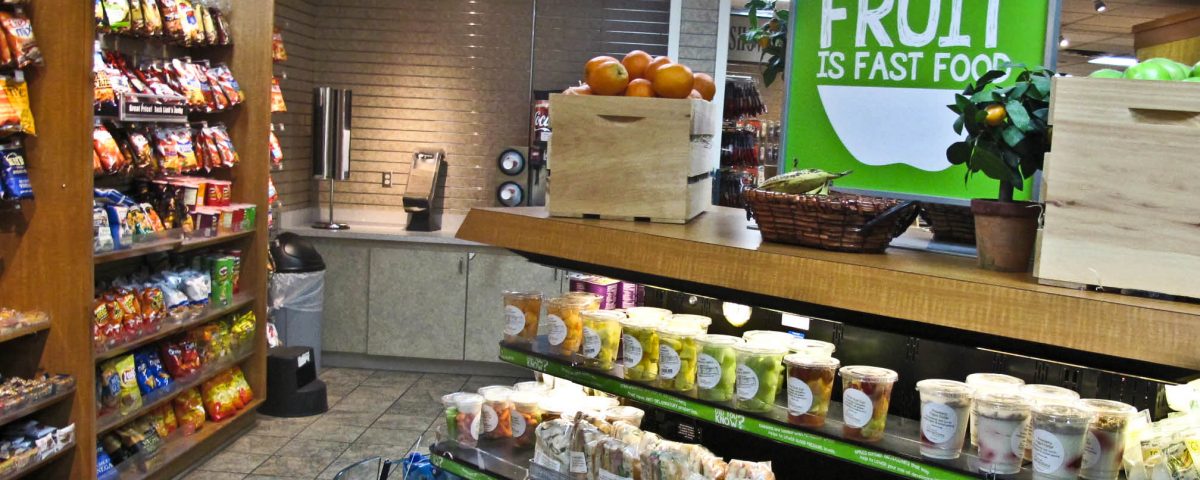
Where West Meets East
March 19, 2018
Per Pro Football Focus, the LA Rams have one of the offseason’s top upgraded units
March 26, 2018Convenience Store Food May Be Changing For The Better
Article Published by: forbes
If your image of convenience store food is mayonnaise mixed with mayonnaise salad in a plastic box, petrified meatsicles on a roller and enriched uranium-appearing nacho cheese, that may not quite match reality.
As Stephanie Strom reported five years ago for the New York Times, various convenience stores such as 7-Eleven have been trying to stock healthier food options. And at this year’s National Association Of Convenience Stores (NACS) Show, the Partnership for a Healthier America (PHA) and NACS just announced new initiatives to bring more healthy food to convenience stores.
Why are convenience stores important? As I’ve described previously for the HuffPost, you are where you eat because you tend to eat what is around you. For example, if you are surrounded by doughnuts, doughnut be surprised if you become one. And chances are the closest food source to you is a convenience store, unless you live on a farm, grow food in your living room, or live in a supermarket. In fact, for many locations such as low income urban neighborhoods that are food deserts (one “s,” not two), convenience stores are the only available and accessible food sources. Indeed, according to the NACS, 93% of Americans live within 10 minutes of a convenience store. The 154,535 convenience stores in the U.S. collectively serve close to 160 million customers each day. That means for over half the population, the answer to the question, “where the heck were you yesterday?” could be, “at a convenience store.”
You also may be more likely to eat something the shorter the “see it” to “enter your mouth” time is, which is probably why bake-your-own-turkey stores wouldn’t be very popular at ballparks, workplaces and street corners. According to NACS measures, it takes on average only 3 minutes and 33 seconds to get food from a convenience store. That’s based on 35 seconds walking from your car to the store, 71 seconds selecting your purchases, 42 seconds waiting in line to pay, 21 seconds paying (depending on how many pennies you use to pay) and 44 seconds leaving the store.
All of this makes convenience stores a major source of food for many Americans, especially those in low income neighborhoods. Indeed, as NACS has reported, in 2016, total convenience industry sales reached $549.9 billion, which would rank them at twenty-first (just below Switzerland) in terms of gross domestic product if American convenience stores collectively were a country. That’s why PHA and PHA Honorary Chair Former First Lady Michelle Obama decided to work with NACS, the association representing the nation’s convenience stores, to develop ways to improve the availability of healthier food in convenience stores. Convenience stores could play an important role in changing the diets of many Americans for the better, which is urgently needed since, if you haven’t heard, we are in the midst of an obesity epidemic.
As PHA President & CEO Nancy E. Roman explained: “With more than 23.5 million people living where healthy and affordable foods are limited or unavailable, we have a significant opportunity to address one of our nation’s biggest challenges. As PHA continues to work with NACS and the convenience store industry, we’re discovering more opportunities to meaningfully address food access, while supporting each aspect of the supply chain.”
At the NACS Show, PHA and NACS unveiled the Healthier Product Calculator, which convenience retailers can use to determine what products may meet the PHA’s Healthier Food & Beverage Product Criteria and are based on the latest U.S. Dietary Guidelines for Americans, released every five years by the U.S. Department of Agriculture and Health and Human Services. PHA also announced at the show that several major food and beverage distributors for convenience stores (Harold Levinson Associates, S. Abraham & Sons, Core-Mark and McLane) will work towards making more affordable healthy food and beverage options available for convenience stores. Additionally, PHA declared NACS an official partner of PHA’s Drink Up campaign, which encourages people to drink more water.
This next generation of convenience stores is not your father’s convenience store, unless of course your father still owns a convenience store. With continued changes in the convenience store industry, “well, isn’t that convenient,” could be more than the Saturday Night Live Church Lady’s saying and apply more and more to healthy food and beverages.
Robert Munakash is a native to Los Angeles, CA. He grew up in the gas station and real estate business, purchasing his first gas station in 1995. Munakash is the owner of Pacific West General 76 in Pacific Palisades, CA. He is also an active member of Pacific Palisades Chamber of Commerce.

Owner at Pacific West General Store, Inc. Pacific Palisades, CA.
Address: 17299 Pacific Coast Hwy. Pacific Palisades, CA 90272
tel: 310-459-7645
email: rmunakash@aol.com
Excellent management skills and experience. Strong practical and theoretical foundation in sales through marketing, advertising, and customer service. Proven success in implementing productivity-enhancement systems.


